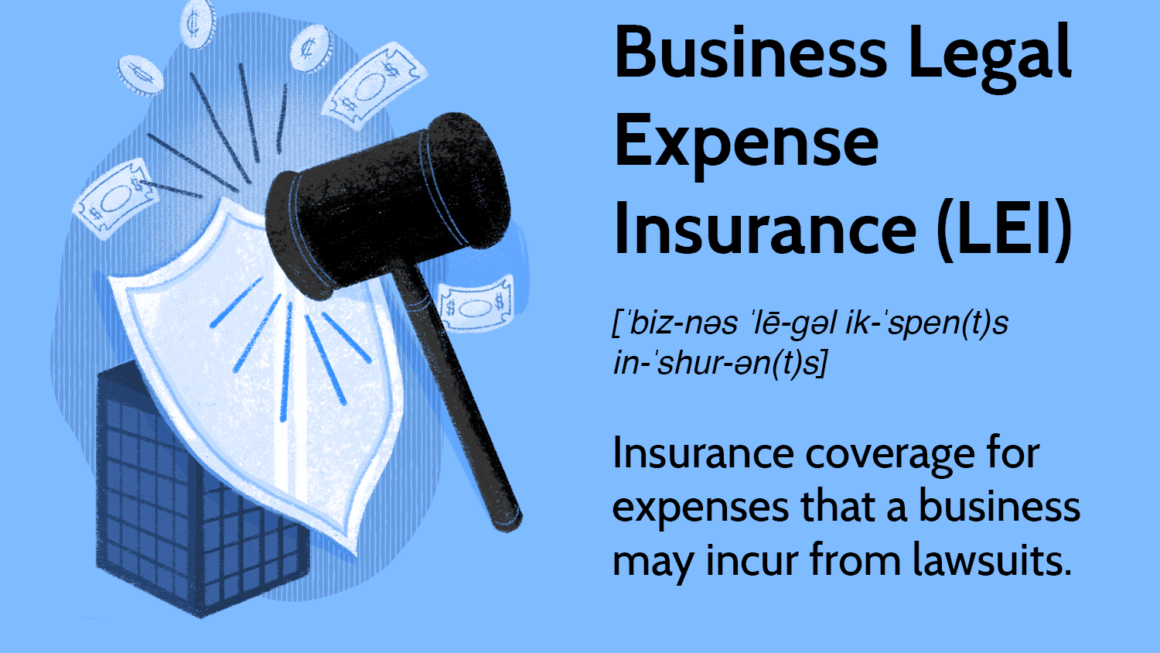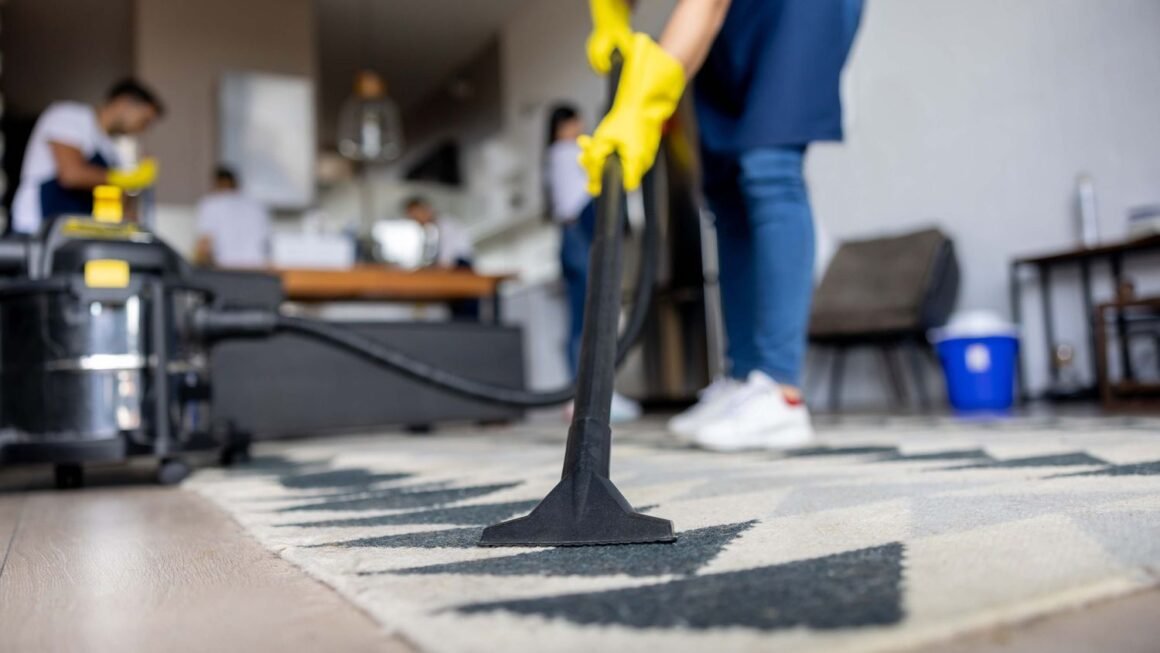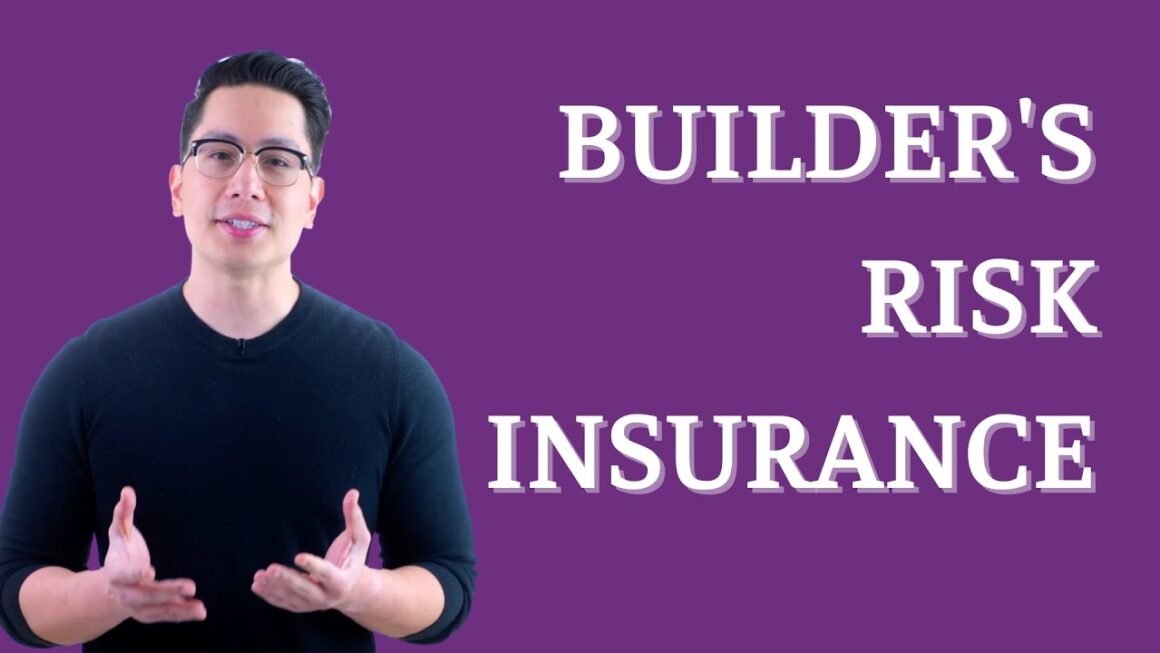Business property insurance is a vital component of any company’s risk management strategy. It provides coverage for the physical assets of your business, such as your building, equipment, inventory, and more. This insurance safeguards your business against various risks, including fire, theft, natural disasters, and other unforeseen events. In this comprehensive guide, we’ll explore the ins and outs of business property insurance, including coverage options, costs, and expert tips to help you make informed decisions to protect your company’s assets.
What Is Business Property Insurance?
Business property insurance, often referred to as commercial property insurance, is a type of insurance that protects your company’s physical assets from a wide range of perils. These assets can include:
- Buildings: This coverage extends to the structure itself, along with fixtures, machinery, and other improvements.
- Equipment: Business property insurance covers the machinery and equipment used in your operations.
- Inventory: If you hold stock or inventory, it’s also included in the coverage.
- Furniture and Fixtures: Your office furniture and fixtures are typically protected.
- Outdoor Signs: Signage and outdoor advertising displays can be insured.
- Landscaping: Landscaping elements on your property may be covered, depending on the policy.
- Computers and Electronics: Business property insurance can protect your computers and electronic devices.
- Important Documents: Some policies cover important documents and records.
Types of Business Property Insurance Coverage
1. Named Peril Coverage
Named peril coverage is the most basic form of business property insurance. It only covers specific perils that are explicitly listed in your policy. Common named perils include fire, lightning, theft, vandalism, and windstorm. It’s important to carefully review the list of named perils to ensure that your specific risks are covered.

2. Open Peril Coverage
Open peril coverage, also known as all-risk coverage, is more comprehensive. It protects your property against all perils except for those explicitly excluded in the policy. This is a broader form of coverage and provides greater protection for your business assets.
3. Replacement Cost vs. Actual Cash Value
When insuring your property, you will also need to decide whether you want replacement cost or actual cash value coverage:
- Replacement Cost: This coverage will reimburse you for the full cost of replacing or repairing the damaged property without considering depreciation. It is often the preferred choice because it offers more substantial protection.
- Actual Cash Value: This coverage takes depreciation into account, meaning you will receive the current market value of the damaged property, which may be less than the cost to replace it.
Factors Affecting Business Property Insurance Costs
Several factors influence the cost of your business property insurance:
1. Location
The location of your business plays a significant role in determining your insurance premiums. Areas prone to natural disasters, high crime rates, or areas with inadequate fire protection services may lead to higher premiums.
2. Building Size and Construction
The size and construction of your building are crucial factors. Larger buildings typically cost more to insure, and the construction materials and methods used can impact the premium.
3. Property Value
The total value of your business property, including equipment and inventory, will directly affect the cost of insurance. The higher the value, the more you can expect to pay.
4. Security Measures
The security measures you have in place, such as alarms, sprinkler systems, and security personnel, can result in lower premiums.
5. Business Type
Different industries have varying levels of risk. High-risk businesses, such as manufacturing or chemical processing, will generally have higher premiums.
6. Coverage Limits and Deductibles
The coverage limits you choose and the deductibles you’re willing to pay will also influence your premiums. Higher coverage limits and lower deductibles lead to higher premiums.
Expert Tips for Managing Business Property Insurance
- Conduct a Thorough Risk Assessment: Before purchasing insurance, assess the specific risks your business faces. This will help you determine the coverage you need.
- Review and Update Your Policy Regularly: As your business grows and changes, your insurance needs may evolve. Regularly review and update your policy to ensure it remains adequate.
- Bundle Your Insurance: Consider bundling your business property insurance with other policies like liability insurance or business interruption insurance. This can often lead to cost savings.
- Work with an Experienced Agent: Consult with an experienced insurance agent or broker who specializes in commercial insurance. They can help you find the best coverage for your needs.
- Implement Risk Mitigation Measures: Implement safety measures and security systems to reduce the likelihood of claims and lower your premiums.
- Document Your Assets: Keep detailed records of your business assets, including photographs, receipts, and appraisals, to streamline the claims process.
Conclusion
Business property insurance is a critical safeguard for your company’s physical assets. It offers protection against a range of perils and can be tailored to your specific needs. To make informed decisions, consider the type of coverage that suits your business, factors affecting costs, and expert tips for managing your insurance effectively. By taking the necessary steps to protect your business property, you can ensure the long-term success and resilience of your company.





